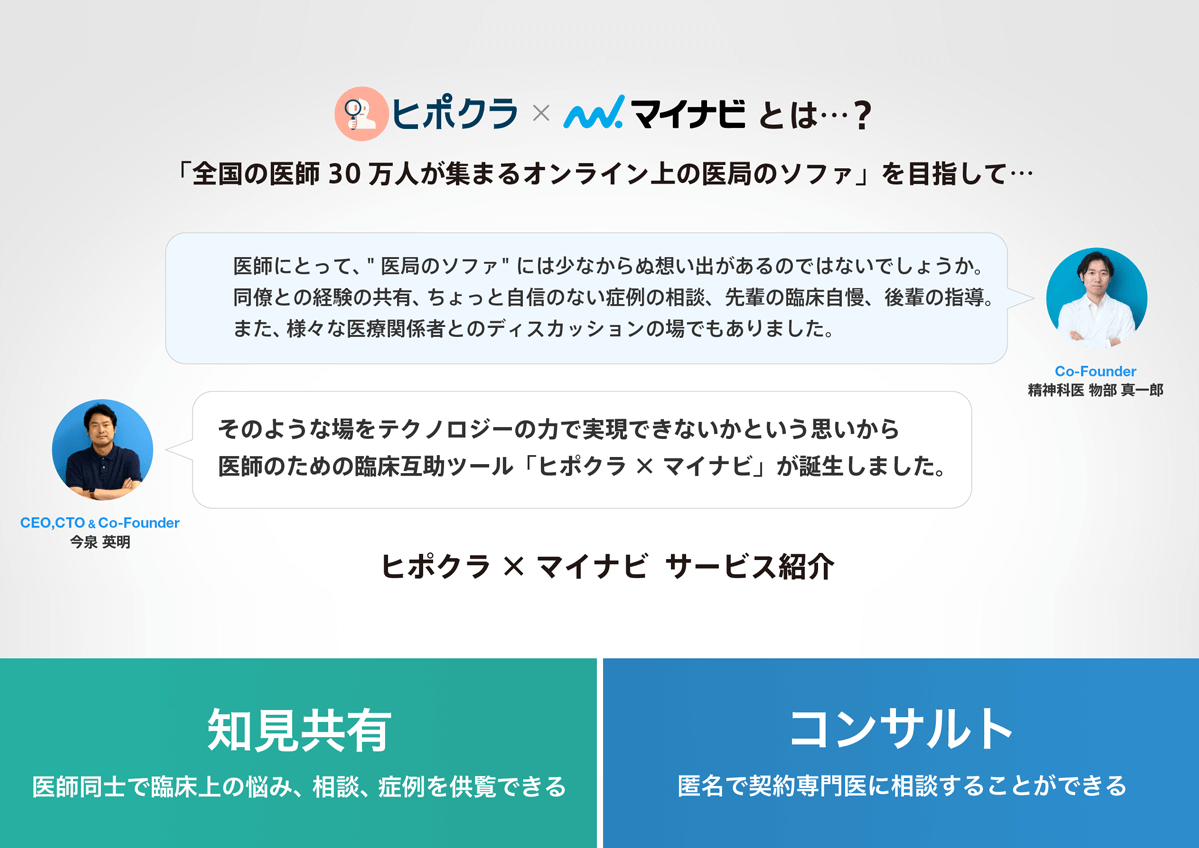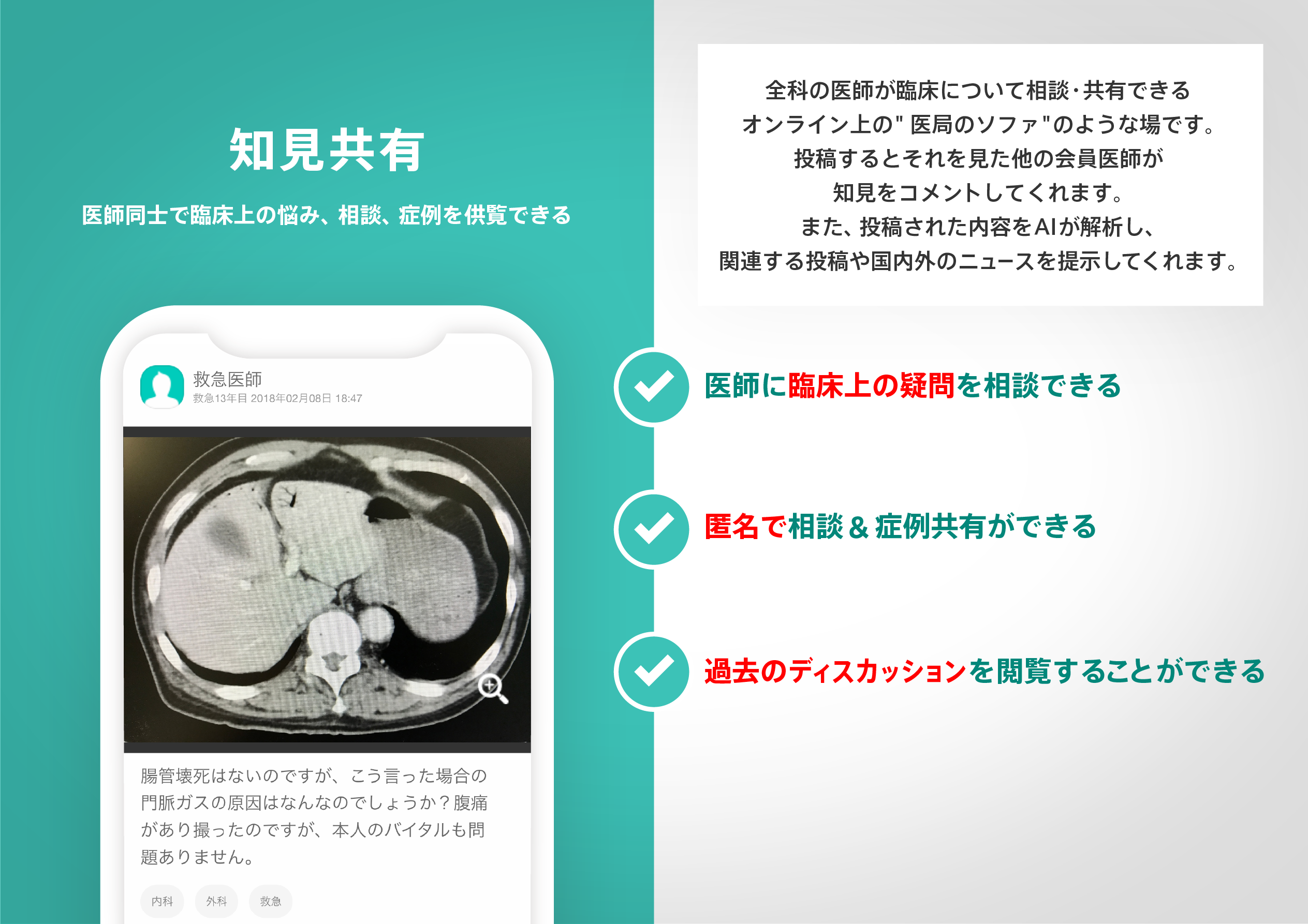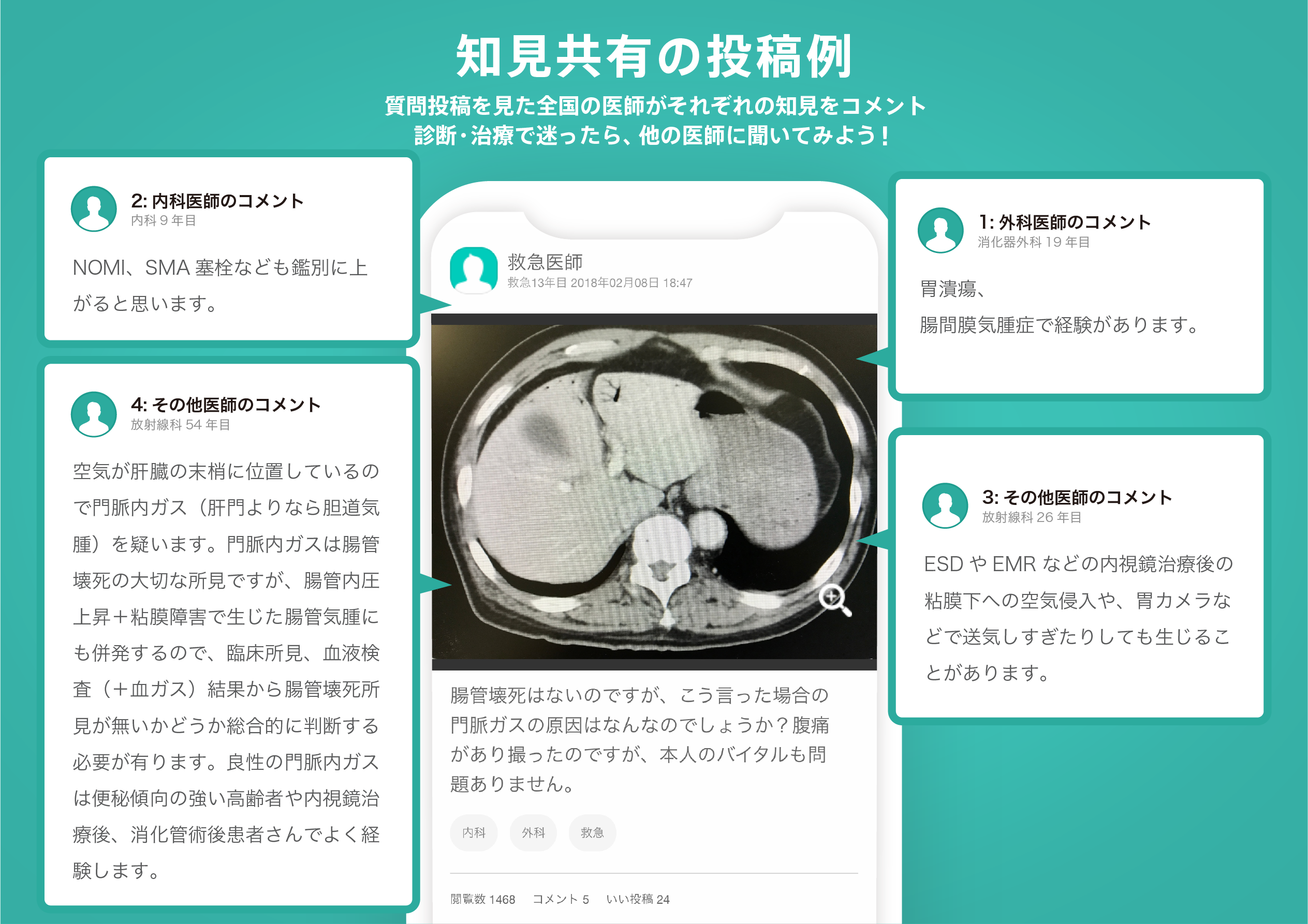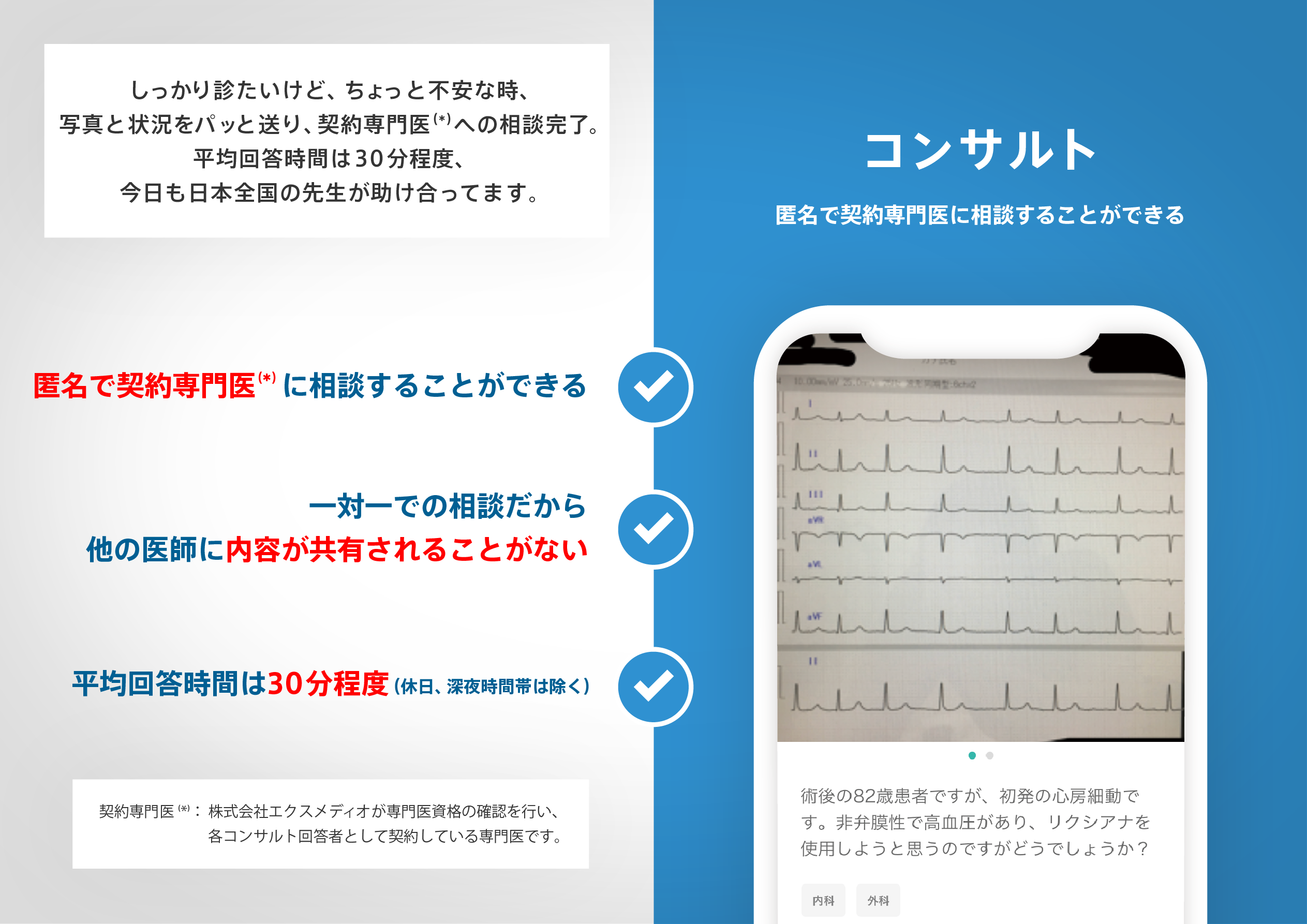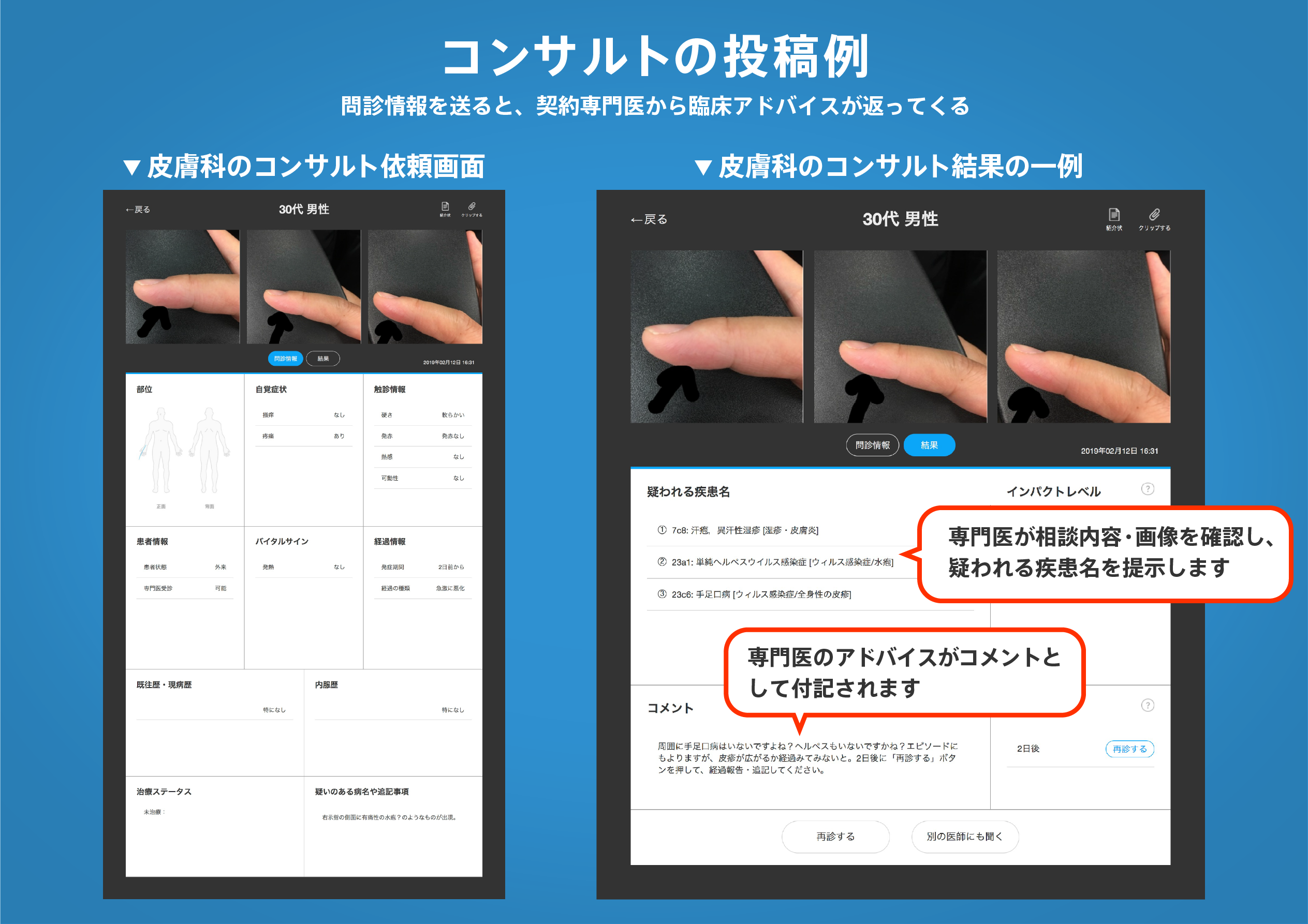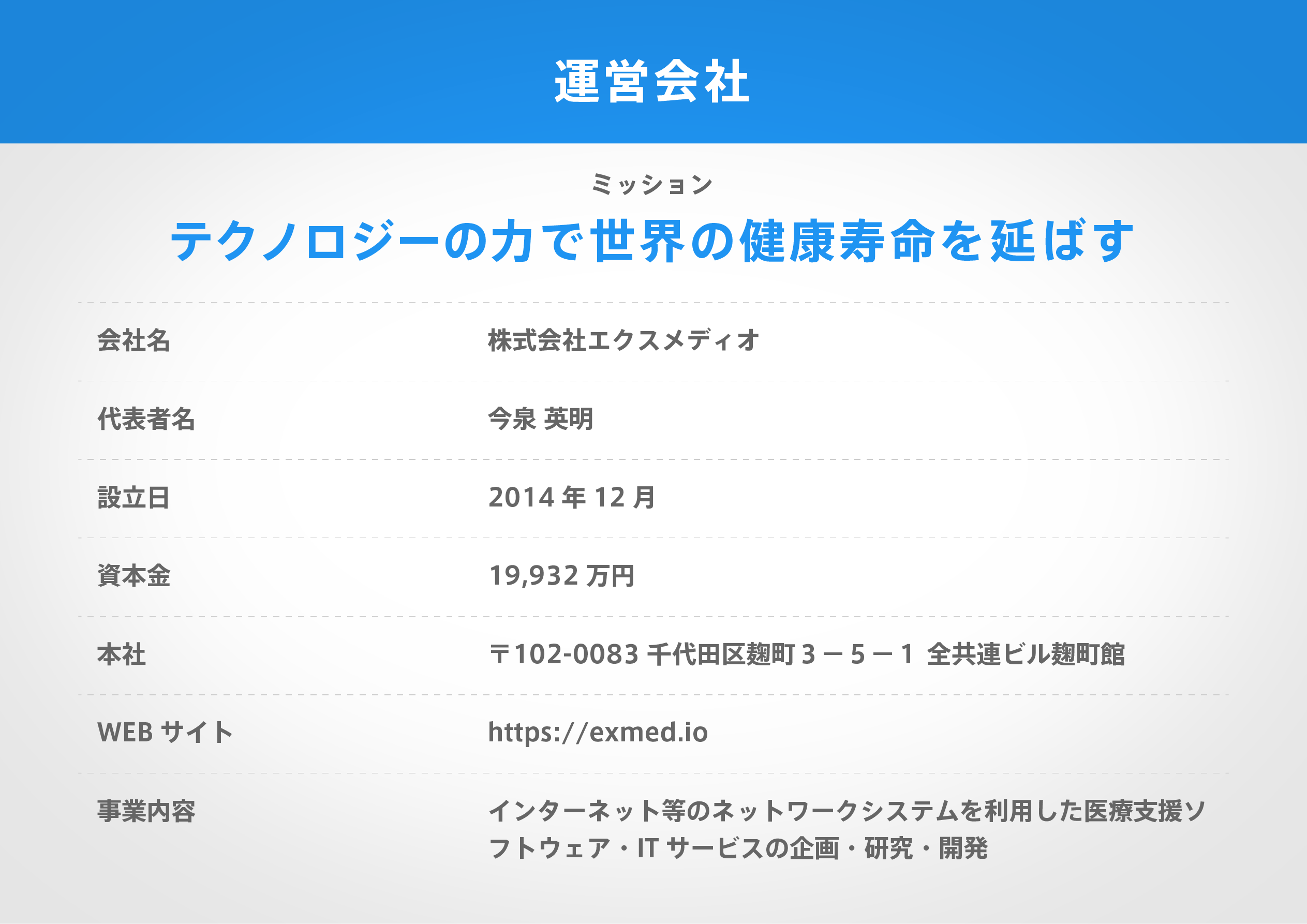著名医師による解説が無料で読めます
すると翻訳の精度が向上します
目的:黄斑色素の光学密度(MPOD)とルテインのルテインの血清濃度の変化を調査するには、異なる物理化学特性を持つルテインとゼアキサンチンの2つの製剤が使用される臨床試験に参加しています。 方法:36人の健康なボランティアが、単一研究所でこの前向き、無作為化、平行グループ、二重マスク比較研究に募集されました。Floraglo®(Kemin Japan)とXanmax®(Katra Phytochem)の2つの製品が使用されました。ルテイン粒子サイズとゼアキサンチン濃度は、製剤間で異なっていました。被験者は、最大6か月間、2つのサプリメントの1つを消費しました。MPODレベルは、ベースラインでの共振ラマン分光法により、および研究の終了まで月に1回測定しました。血清ルテイン濃度は、ベースライン、3か月目、および6か月目で測定されました。被験者は、コントラストの感度、まぶしさの感度、視力についてもテストされ、さらに焦点電子膜が測定されました。 結果:平均血清ルテイン濃度は最初の3か月後に大幅に増加しましたが、いずれのサプリメントグループの平均MPODレベルでは統計的に有意な増加は示されませんでした。しかし、詳細な分析では、MPODレベルと血清ルテイン濃度の増加、つまりMPODレベルと血清ルテイン濃度の両方が増加した「網膜応答者」(n = 13)、つまり「網膜応答者」の両方のグループで3つの応答パターンが明らかになりました。非応答者「血清濃度が増加し、MPODレベルの変化がない(n = 20)、および「網膜および血清非応答者」は、MPODレベルも血漿濃度も増加しなかった(n = 3)。ベースラインでMPODレベルが低い被験者は、ルテイン補給時の6か月の時点でMPODレベルの増加を示すように見えました(r = -0.4090、p = 0.0133)。両方のサプリメントグループの網膜応答者でグレア感度が向上しましたが、コントラスト感度に顕著な変化はありませんでした。 結論:MPODレベルと、調査した2つのルテインサプリメント製剤の間で血清ルテイン濃度について統計的に有意な差は検出できませんでした。MPODレベルと血清ルテイン濃度に関するルテイン補給に対する反応は、被験者間で異なりました。ベースラインでMPODレベルが低い被験者は、ルテイン補給によく反応しました。ただし、被験者の数は低かったため、MPODレベルが低い被験者がルテイン補給の恩恵を受けることを証明するには、より多くの被験者を含むさらなる研究が必要です。 試用登録:umin-ctr umin000004593。
目的:黄斑色素の光学密度(MPOD)とルテインのルテインの血清濃度の変化を調査するには、異なる物理化学特性を持つルテインとゼアキサンチンの2つの製剤が使用される臨床試験に参加しています。 方法:36人の健康なボランティアが、単一研究所でこの前向き、無作為化、平行グループ、二重マスク比較研究に募集されました。Floraglo®(Kemin Japan)とXanmax®(Katra Phytochem)の2つの製品が使用されました。ルテイン粒子サイズとゼアキサンチン濃度は、製剤間で異なっていました。被験者は、最大6か月間、2つのサプリメントの1つを消費しました。MPODレベルは、ベースラインでの共振ラマン分光法により、および研究の終了まで月に1回測定しました。血清ルテイン濃度は、ベースライン、3か月目、および6か月目で測定されました。被験者は、コントラストの感度、まぶしさの感度、視力についてもテストされ、さらに焦点電子膜が測定されました。 結果:平均血清ルテイン濃度は最初の3か月後に大幅に増加しましたが、いずれのサプリメントグループの平均MPODレベルでは統計的に有意な増加は示されませんでした。しかし、詳細な分析では、MPODレベルと血清ルテイン濃度の増加、つまりMPODレベルと血清ルテイン濃度の両方が増加した「網膜応答者」(n = 13)、つまり「網膜応答者」の両方のグループで3つの応答パターンが明らかになりました。非応答者「血清濃度が増加し、MPODレベルの変化がない(n = 20)、および「網膜および血清非応答者」は、MPODレベルも血漿濃度も増加しなかった(n = 3)。ベースラインでMPODレベルが低い被験者は、ルテイン補給時の6か月の時点でMPODレベルの増加を示すように見えました(r = -0.4090、p = 0.0133)。両方のサプリメントグループの網膜応答者でグレア感度が向上しましたが、コントラスト感度に顕著な変化はありませんでした。 結論:MPODレベルと、調査した2つのルテインサプリメント製剤の間で血清ルテイン濃度について統計的に有意な差は検出できませんでした。MPODレベルと血清ルテイン濃度に関するルテイン補給に対する反応は、被験者間で異なりました。ベースラインでMPODレベルが低い被験者は、ルテイン補給によく反応しました。ただし、被験者の数は低かったため、MPODレベルが低い被験者がルテイン補給の恩恵を受けることを証明するには、より多くの被験者を含むさらなる研究が必要です。 試用登録:umin-ctr umin000004593。
PURPOSE: To investigate macular pigment optical density (MPOD) and serum concentration changes of lutein in Japanese subjects participating in a clinical trial in which two formulations of lutein and zeaxanthin supplements with different physiochemical properties are used. METHODS: Thirty-six healthy volunteers were recruited into this prospective, randomized, parallel-group, double-masked comparative study at a single institute. Two products were used, FloraGLO® (Kemin Japan) and XanMax® (Katra Phytochem). The lutein particle size and zeaxanthin concentrations differed between the formulations. The subjects consumed one of the two supplements for a duration of up to 6 months. MPOD levels were measured by resonance Raman spectrometry at baseline and once a month until the end of the study. Serum lutein concentration was measured at baseline, month 3, and month 6. The subjects were also tested for contrast sensitivity, glare sensitivity, visual acuity, and in addition had a focal electroretinogram measured. RESULTS: The mean serum lutein concentrations increased significantly after the first three months, but the mean MPOD levels in either supplement group did not show any statistically significant increase. A detailed analysis, however, revealed three response patterns in both groups for the increase of MPOD levels and serum lutein concentration, i.e. "retinal responders", who had an increase of both MPOD levels and serum lutein concentrations (n = 13), "retinal non-responders", who had only increased serum concentrations and no change in MPOD levels (n = 20), and "retinal and serum non-responders", who had neither MPOD level nor plasma concentration increases (n = 3). The subjects with low MPOD levels at baseline appeared to show increased MPOD levels at the 6 month time point upon lutein supplementation (r = -0.4090, p = 0.0133). Glare sensitivity improved in retinal responders in both supplement groups, while there were no remarkable changes in contrast sensitivity. CONCLUSIONS: No statistically significant differences could be detected for MPOD levels and serum lutein concentrations between the two investigated lutein supplement formulations. Responses to lutein supplementation regarding MPOD levels and serum lutein concentrations varied between subjects. Subjects with lower MPOD levels at baseline responded well to lutein supplementation. However, since the number of subjects was low, a further study with more subjects is needed to prove that subjects with low MPOD levels will benefit from lutein supplementation. TRIAL REGISTRATION: UMIN-CTR UMIN000004593.
医師のための臨床サポートサービス
ヒポクラ x マイナビのご紹介
無料会員登録していただくと、さらに便利で効率的な検索が可能になります。

